Rajshahi, Mar 29 (V7N)– The Rajshahi region is experiencing a significant decrease in Boro rice cultivation this year, primarily due to water shortages resulting from the implementation of a new irrigation policy.
"The new irrigation policy in the Rajshahi region has come into effect from this year's Boro cultivation. Since the policy was implemented in the first year, it has not been possible to cultivate over 10,000 hectares of land due to water shortages," a regional agricultural report confirmed.
Farmers in the region are reporting that they have been unable to cultivate rice due to the lack of available water, which is expected to lead to reduced rice production.
"Farmers say they have not been able to cultivate rice due to lack of water. As a result, rice production is decreasing in the Rajshahi region," a local farmer stated.
However, the Department of Agriculture has indicated that while rice cultivation has decreased, there has been an increase in the cultivation of other crops.
"The Department of Agriculture says that while rice cultivation is decreasing, other cultivation is increasing," a departmental spokesperson reported.
According to the Rajshahi Department of Agricultural Extension, the target for Boro paddy cultivation in the 2023-24 fiscal year was 375,165 hectares. However, last year, cultivation exceeded the target, reaching 376,030 hectares.
"According to the Rajshahi Department of Agricultural Extension, Rajshahi, Natore, Naogaon and Chapainawabganj are the agricultural regions of Rajshahi division. The target for Boro paddy cultivation in this region in the 2023-24 fiscal year was 3,75,165 hectares of land. However, last year, Boro paddy was cultivated on 865 hectares more than the target. In total, paddy was cultivated on 3,76,030 hectares of land in the last fiscal year," a regional agricultural data report confirmed.
In the current fiscal year 2024-25, paddy cultivation has decreased to 365,830 hectares, a reduction of 10,200 hectares compared to the previous year.
"However, paddy cultivation has decreased in the current fiscal year 2024-25. This year, the target for paddy cultivation was 376,110 hectares of land. Due to water shortage, 365,830 hectares of land have been cultivated this year. As a result, the cultivation has decreased by 10,200 hectares compared to last year," a departmental analysis revealed.
The decrease in cultivation is distributed across several districts, with Chapainawabganj experiencing the largest reduction.
"Of this, Rajshahi district has decreased by 1,905 hectares of land. Naogaon has decreased by 540 hectares of land, Natore has decreased by 3,500 hectares of land, and Chapainawabganj has decreased by 4,205 hectares of land," a district-wise breakdown confirmed.
Data from the Barind Multipurpose Development Authority (BMDA) indicates that the new irrigation policy, aimed at stabilizing groundwater levels, has restricted the operation of deep tubewells, leading to reduced irrigation capacity.
"According to BMDA data, the agency has a total of 3,588 functioning deep tubewells in eight water-stressed upazilas. Out of these, 1,960 tubewells are located in areas facing severe water stress. Each tubewell can provide irrigation water to 24-40 hectares of land, depending on the availability of groundwater levels. According to the new policy of BMDA, a deep tube well will be operated for a total of 1960 hours a year to keep the groundwater level stable. Of this, a deep tube well will operate for a total of 980 hours during the upcoming Boro season from February 15 to May 15. As a result, Boro paddy cultivation in the land covered by these tube wells will be reduced from half to zero," a BMDA report detailed.
Farmers have expressed frustration and financial hardship due to the reduced cultivation capacity.
"Md. Mamun, a farmer from Kalidighi village in Godagari upazila of Rajshahi, said, 'I had prepared a seedbed two months ago to cultivate Boro rice. But I could not cultivate it. 15 days before planting the seedlings, I heard that we could cultivate three bighas of rice out of our 10 bighas of land. We did that this time.' Rafiqul Islam, a farmer from Purbhara village, said, 'This time I have leased 12 bighas of land for over 1.5 lakh taka. After taking the lease, I heard that I will be able to cultivate rice on two bighas of land. This has caused me a huge loss. What can I do now? If we don't provide water, there will be no rice. As a result, we will have to cultivate something else on the remaining land.' Md. Awal of Shekherpara village said that the amount of rice he gets from his one bigha of land lasts him for the whole year. But now he has to buy rice from outside to eat," local farmer interviews revealed.
The BMDA Chairman was unavailable for comment.
"BMDA Chairman Dr. Md. Asad Uz Zaman was contacted on his mobile phone several times to inquire about this matter, but his response was not received," a communication report confirmed.
The Rajshahi Divisional Agricultural Extension Department has attributed the decline in rice cultivation partly to an increase in mustard cultivation and expressed optimism that the shortfall will be addressed in future seasons.
"Rajshahi Divisional Agricultural Extension Department Additional Director Dr. Md. Azizur Rahman said, Paddy cultivation has decreased compared to last year. However, mustard cultivation has increased this time. This is mainly due to this reason, the cultivation may decrease slightly. I hope that these will be filled in the coming season. However, I have not heard that they are not able to cultivate due to water shortage. Farmers are cultivating as they wish. Basically, they have reduced paddy cultivation this time because of mustard. This will be filled in the future," Dr. Rahman stated.
END/RAR/RH/



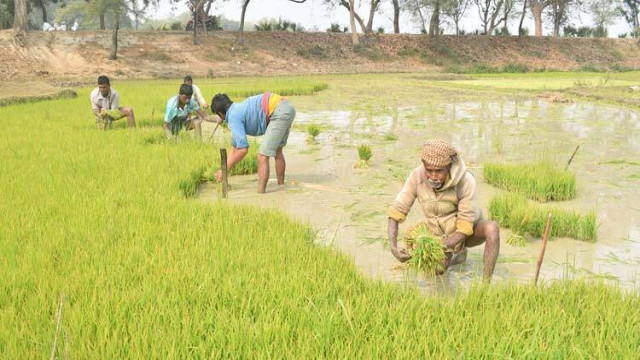
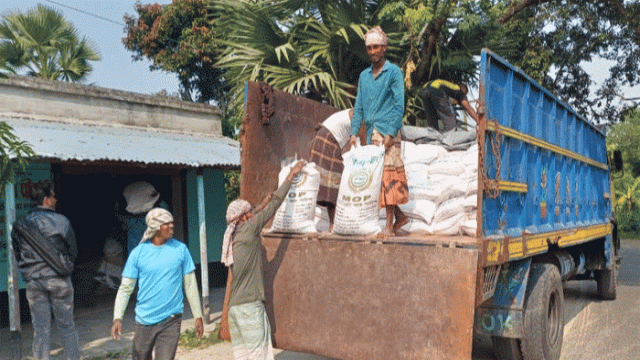
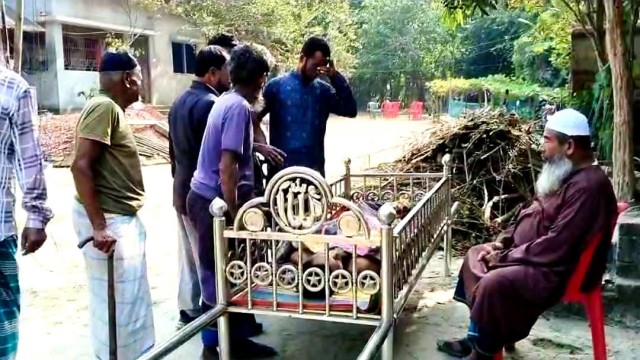

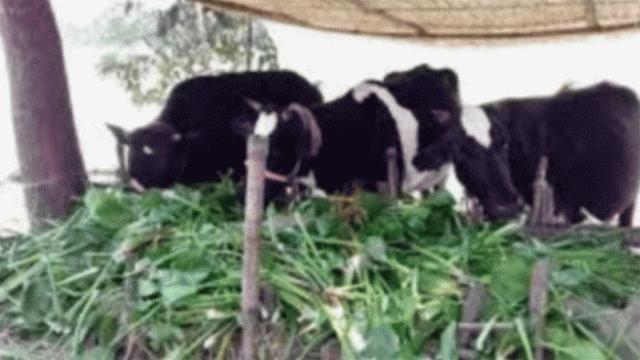
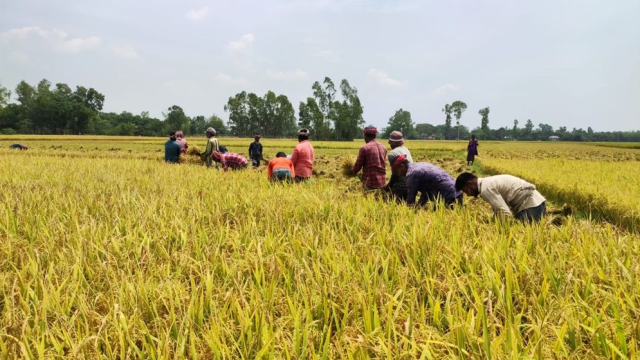

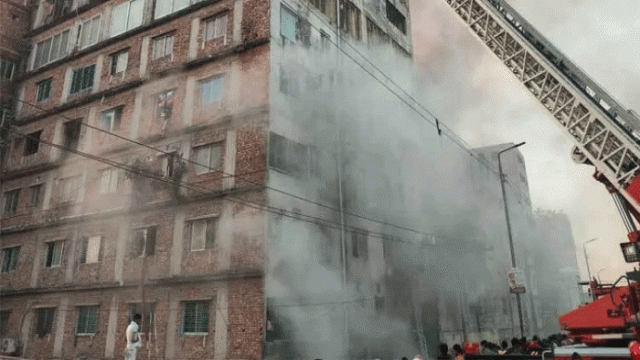



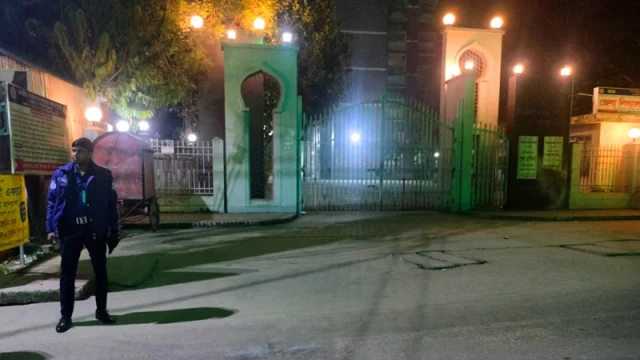
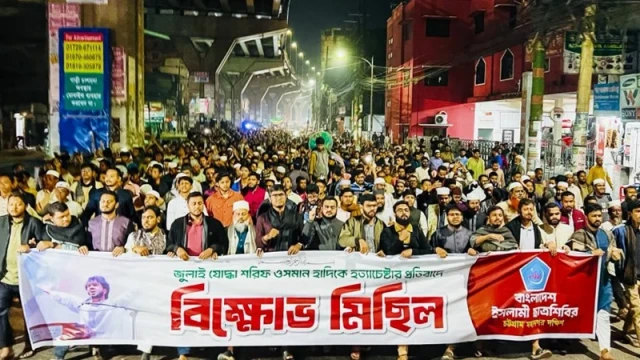


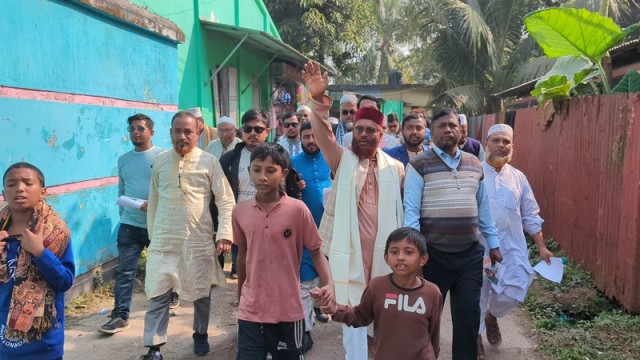


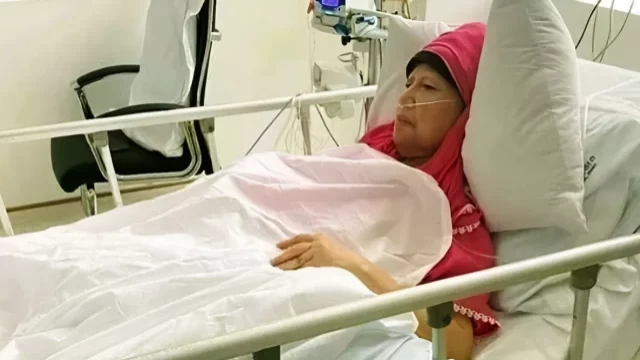
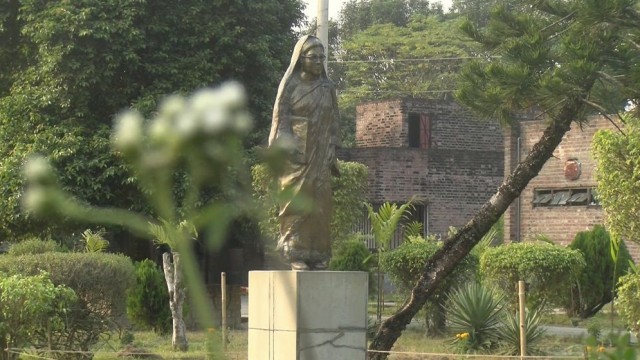



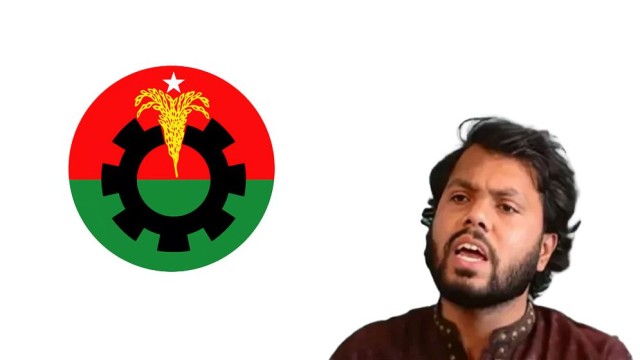


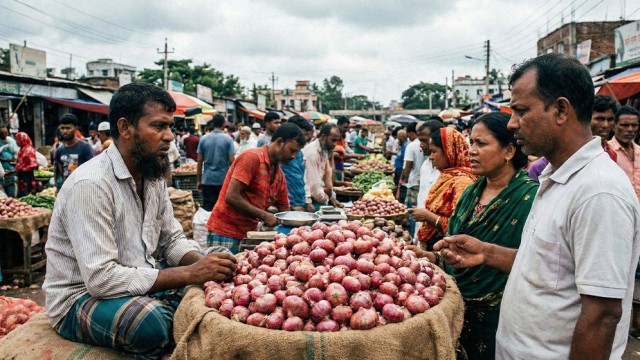

Comment: